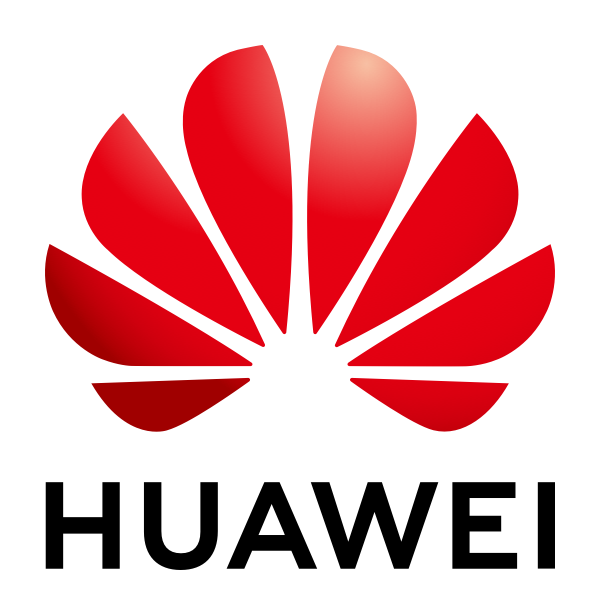tf.keras.layers.Dense函数
函数原型tf.keras.layers.Dense(units,activation=None,use_bias=True,kernel_initializer='glorot_uniform',bias_initializer='zeros',kernel_regularizer=None,bias_regularizer=None,activity_regularizer=None,
函数原型
tf.keras.layers.Dense(units,
activation=None,
use_bias=True,
kernel_initializer='glorot_uniform',
bias_initializer='zeros',
kernel_regularizer=None,
bias_regularizer=None,
activity_regularizer=None,
kernel_constraint=None,
bias_constraint=None,
**kwargs
)
函数说明
全连接层用于将一个特征空间线性变化到另一个特征空间,在整个神经网络中起到分类器的作用。

全连接层的每一个节点都与上一层每个节点连接,把前一层的输出特征都综合起来,因为用到了所有的局部特征,所有叫全连接。全连接层一般用于模型的最后一层,通过将样本的隐藏特征空间映射到样本标记空间,最终实现样本分类的目的。
全连接层在tensorflow里面用Dense函数来定义,实现的运算为output = activation(dot(input, kernel) + bias)。其中input为输入数据,kernel为核矩阵,由参数kernel_initializer定义,dot为两个矩阵的点积运算, bias为偏置矩阵,由参数bias_initializer定义,activation为激活函数。
参数use_bias表示是否使用偏置矩阵,默认为True。如果use_bias=False,则输出矩阵的运算结果output = activation(dot(input, kernel))。
还有第一个参数units,定义了输出空间的维度。怎么理解呢?如果上一层输出形状为(None, 32),通过Dense(units=16)层后,输出形状为(None, 16);如果输出形状为(None, 32, 32),通过Dense(units=16)层后,输出形状为(None, 32, 16)。更准确的说,这个参数改变了输出空间最后一维的大小。
如果用Dense层作为第一层,需要提供一个input_shape参数来描述输入张量的形状。
函数用法
第一个例子
model = tf.keras.Sequential([
# 输入层,输入形状为(None, 32, 64)
tf.keras.layers.InputLayer(input_shape=(32, 64)),
# 全连接层,输出最后一维维度为32,激活函数为relu,输出形状为(None, 32, 32)
tf.keras.layers.Dense(32, activation="relu")
])
Model: "sequential"
_________________________________________________________________
Layer (type) Output Shape Param #
=================================================================
dense (Dense) (None, 32, 32) 2080
=================================================================
Total params: 2,080
Trainable params: 2,080
Non-trainable params: 0
_________________________________________________________________
第二个例子
model = tf.keras.Sequential([
# 输入层,输入形状为(None, 32, 64)
tf.keras.layers.InputLayer(input_shape=(32, 64)),
# 全连接层,输出最后一维维度为32,激活函数为relu,输出形状为(None, 32, 32)
tf.keras.layers.Dense(32, activation="relu"),
# 展平层,降低输出维度
tf.keras.layers.Flatten(),
# 全连接层,激活函数为softmax,用于多分类的情形,输出形状为(None, 4)
tf.keras.layers.Dense(4, activation="softmax")
])
Model: "sequential"
_________________________________________________________________
Layer (type) Output Shape Param #
=================================================================
dense (Dense) (None, 32, 32) 2080
flatten (Flatten) (None, 1024) 0
dense_1 (Dense) (None, 4) 4100
=================================================================
Total params: 6,180
Trainable params: 6,180
Non-trainable params: 0
_________________________________________________________________
第三个例子
model = tf.keras.Sequential([
# 输入层,输入形状为(None, 32, 64)
tf.keras.Input(shape=(32, 64)),
# 全连接层,输出最后一维维度为32,激活函数为relu,输出形状为(None, 32, 32)
tf.keras.layers.Dense(32, activation="relu"),
# 展平层,降低输出维度
tf.keras.layers.Flatten(),
# 全连接层,激活函数为relu, 输出形状为(None, 16)
tf.keras.layers.Dense(16, activation="relu"),
# 全连接层,激活函数为sigmoid,用于二分类的情形,输出形状为(None, 1)
tf.keras.layers.Dense(1, activation="sigmoid")
])
Model: "sequential"
_________________________________________________________________
Layer (type) Output Shape Param #
=================================================================
dense (Dense) (None, 32, 32) 2080
flatten (Flatten) (None, 1024) 0
dense_1 (Dense) (None, 16) 16400
dense_2 (Dense) (None, 2) 34
=================================================================
Total params: 18,514
Trainable params: 18,514
Non-trainable params: 0
_________________________________________________________________
更多推荐
 已为社区贡献8条内容
已为社区贡献8条内容


 华为云 x DeepSeek:AI驱动云上应用创新
华为云 x DeepSeek:AI驱动云上应用创新


 DTT年度收官盛典:华为开发者空间大咖汇,共探云端开发创新
DTT年度收官盛典:华为开发者空间大咖汇,共探云端开发创新


 华为云数字人,助力行业数字化业务创新
华为云数字人,助力行业数字化业务创新


 企业数据治理一站式解决方案及应用实践
企业数据治理一站式解决方案及应用实践


 轻松构建AIoT智能场景应用
轻松构建AIoT智能场景应用








 免费领云主机
免费领云主机



所有评论(0)